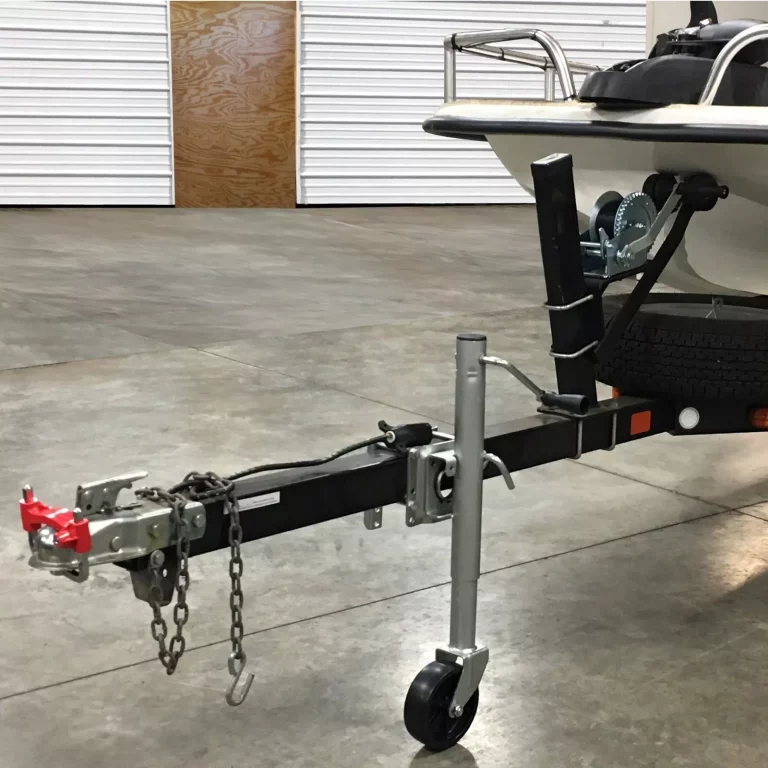Trailer lights play a crucial role in ensuring road safety, both during the day and at night. These lights not only provide visibility to other road users but also indicate the intentions of the driver. Understanding the regulations surrounding trailer lights is essential for all trailer owners and operators.
Trailer lights regulations vary across different countries, but they generally include the following key requirements:
1. Functionality: Trailer lights must be fully functional and operational at all times. This includes brake lights, turn signals, tail lights, and reflectors. Regular maintenance and inspection are necessary to ensure their proper functioning.
2. Placement: Trailer lights should be positioned according to specific guidelines. For instance, tail lights must be visible from a certain distance, usually around 500 feet. Reflectors should be placed at the rear and sides of the trailer to enhance visibility from all angles.
3. Color and Intensity: Each type of trailer light has a designated color. For instance, tail lights are typically red, while turn signals are amber or yellow. The intensity of these lights should be bright enough to be seen clearly by other drivers, especially during adverse weather conditions.
4. Wiring and Connections: Trailer lights must be connected to the towing vehicle through a secure and reliable wiring system. Loose or damaged connections can result in malfunctioning lights, posing a risk to both the trailer and other road users.






